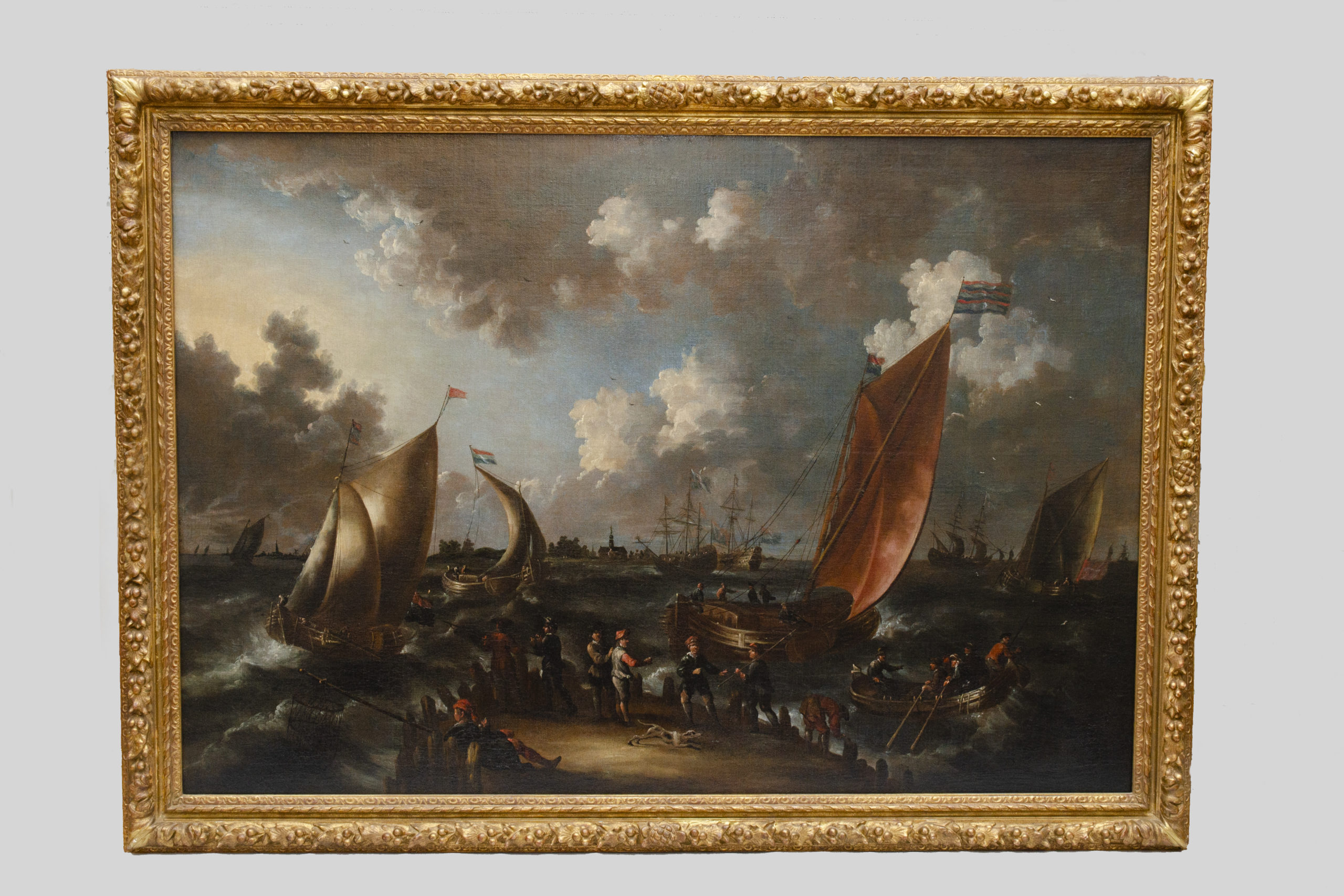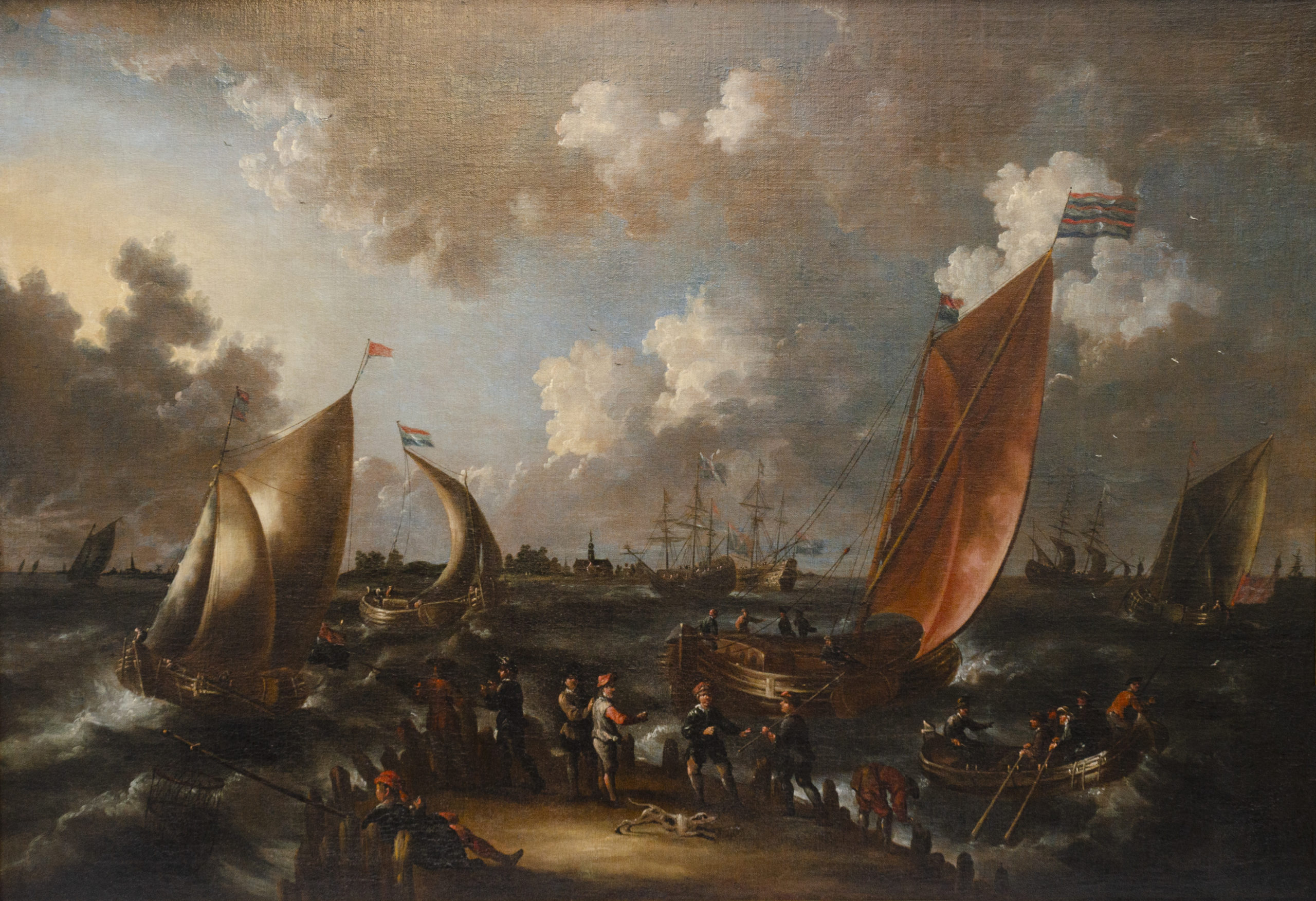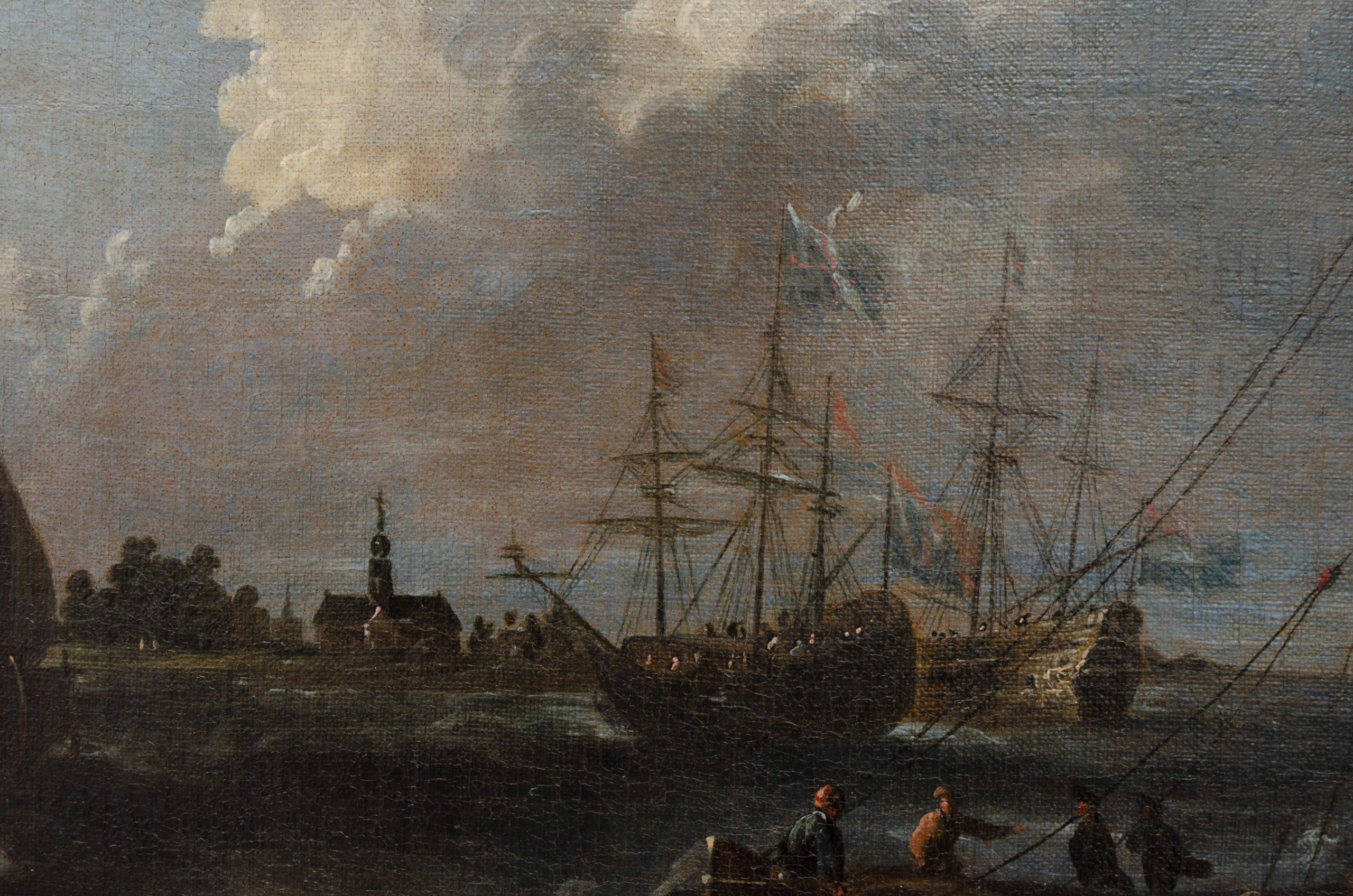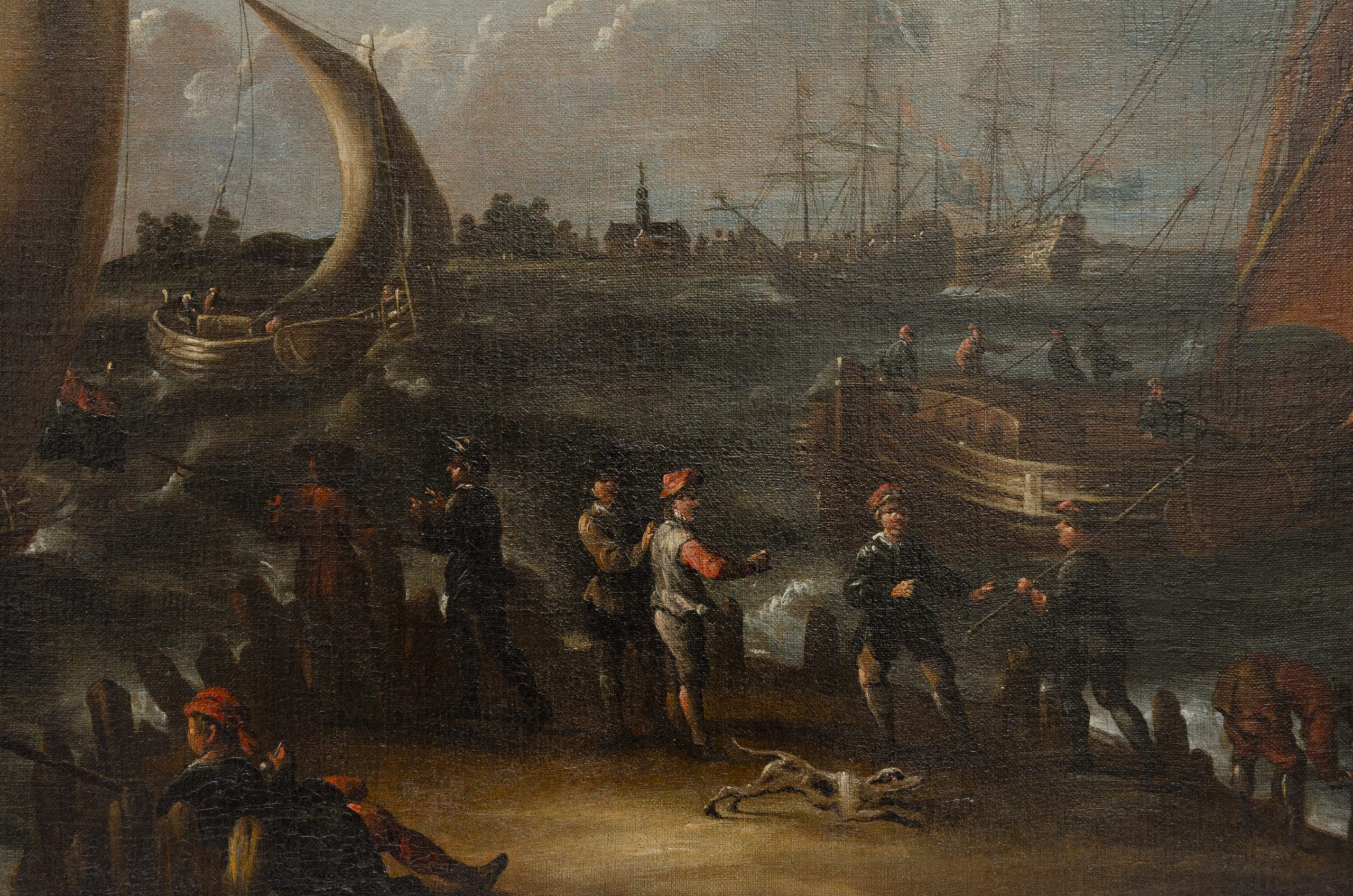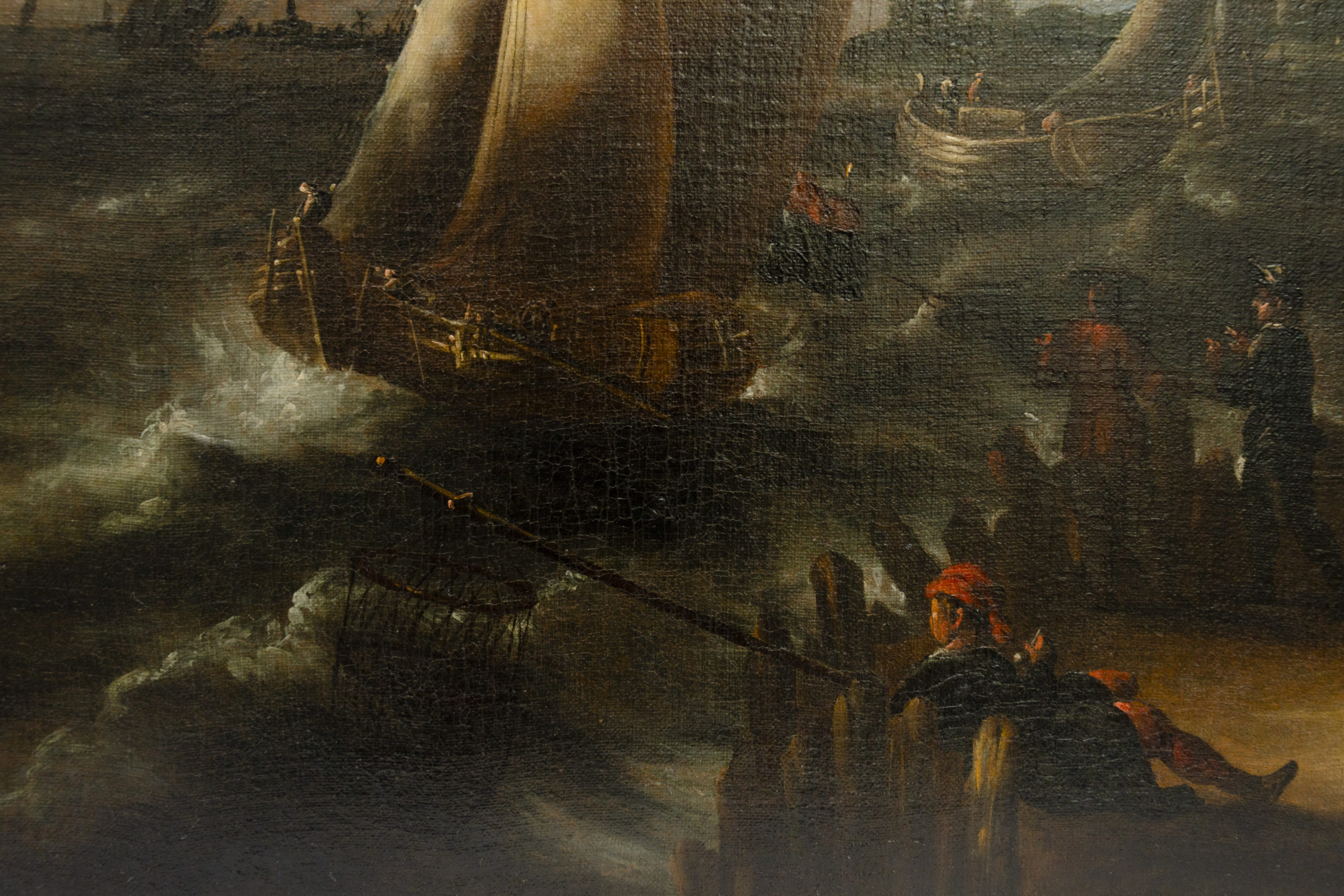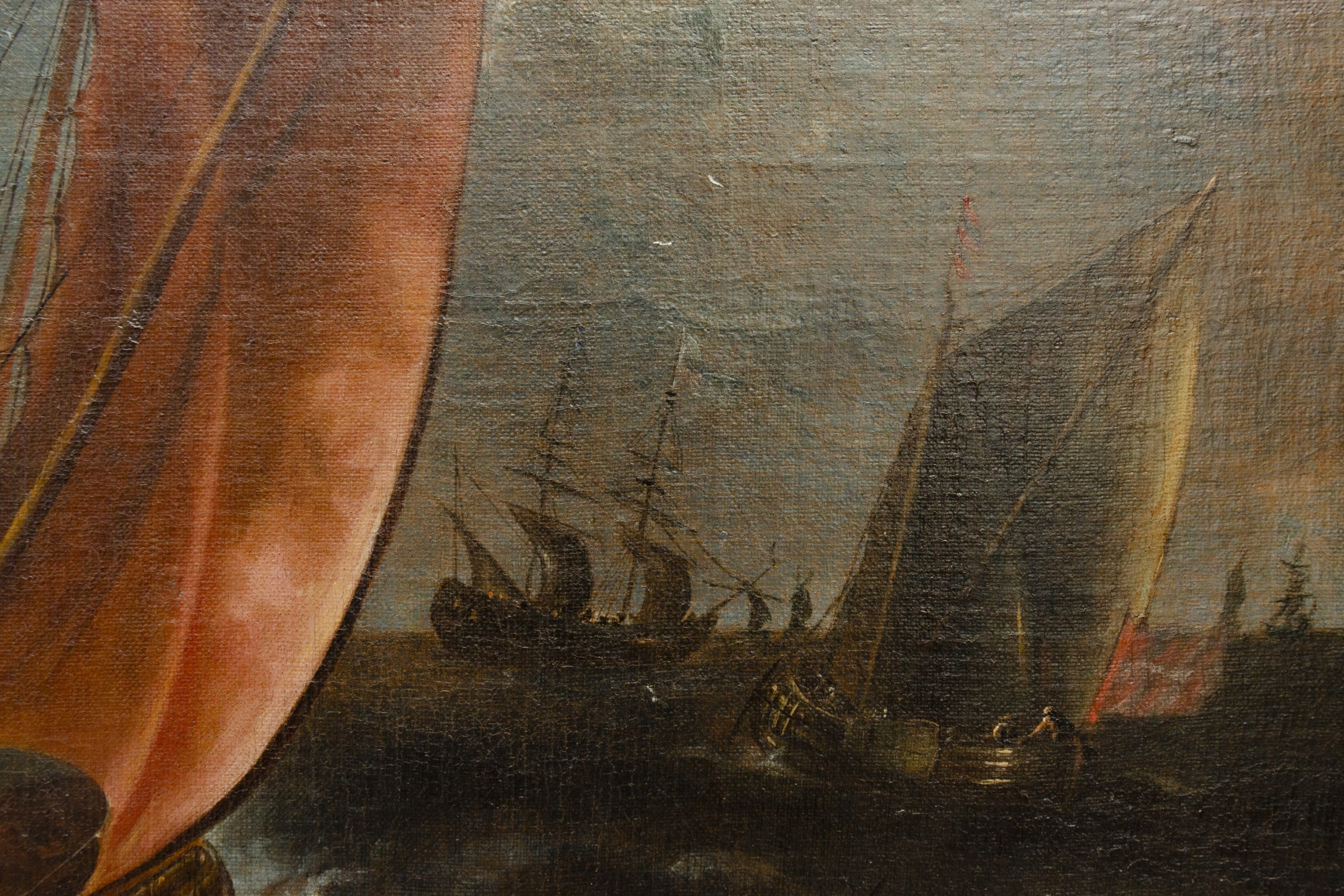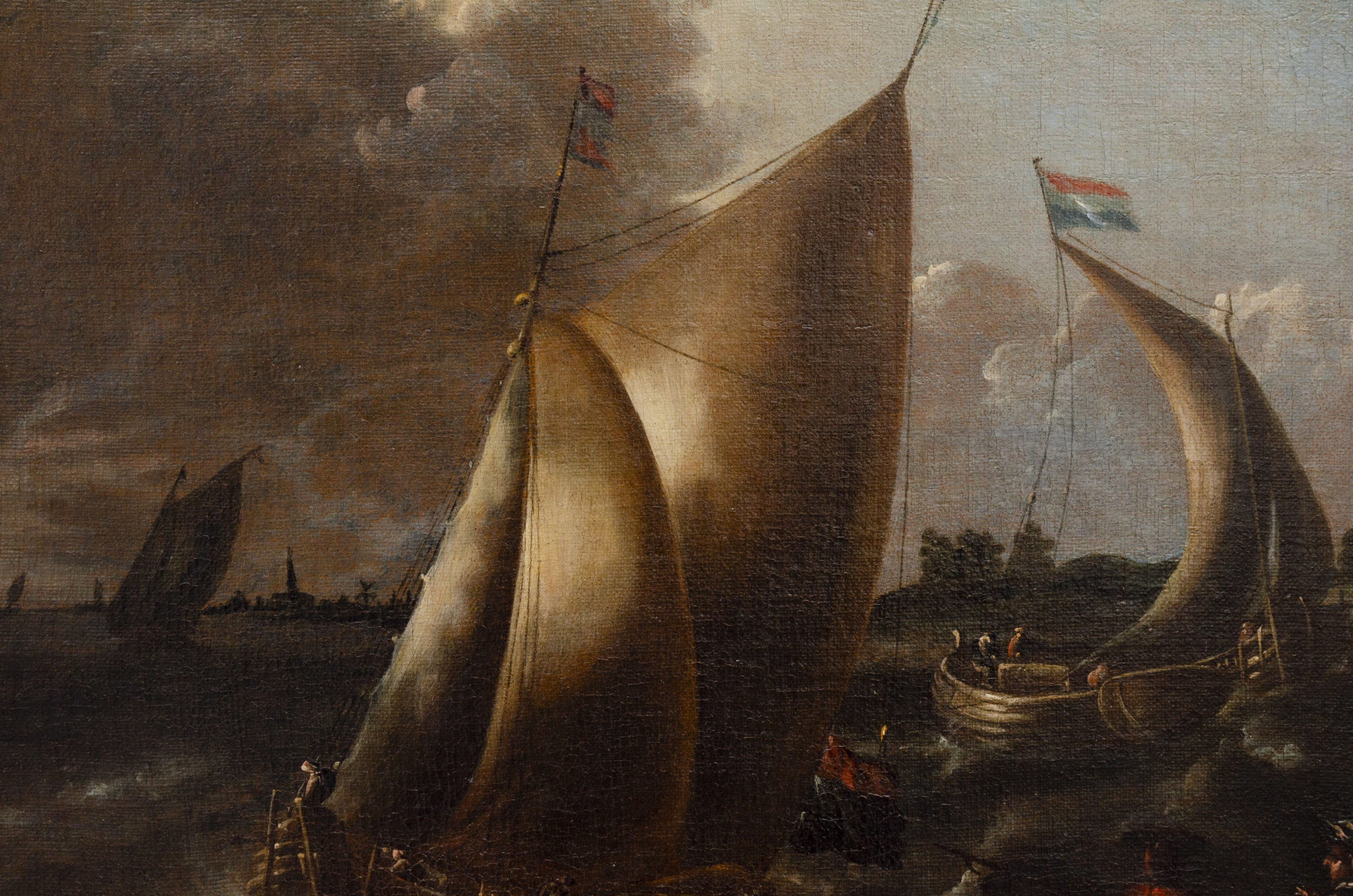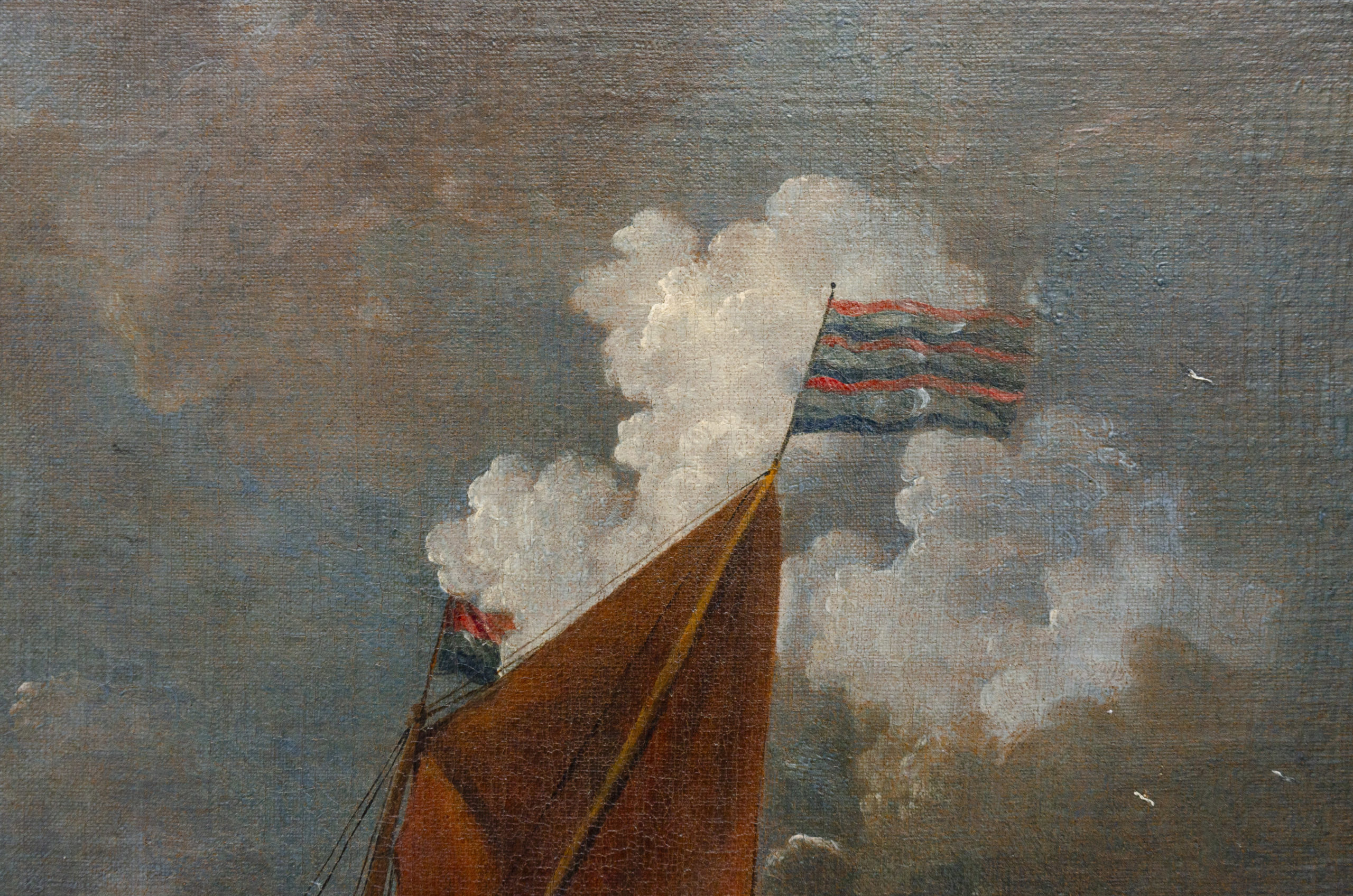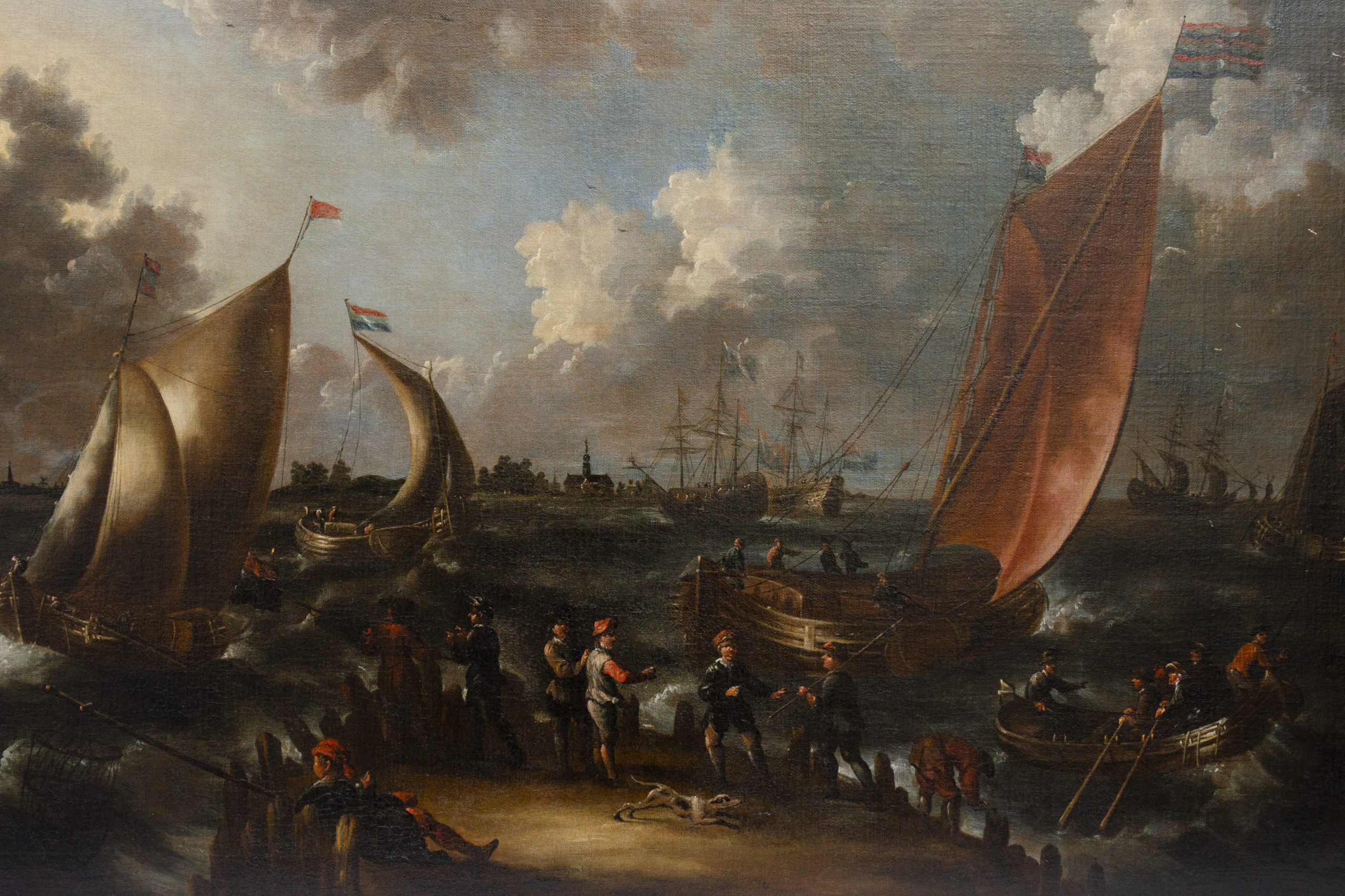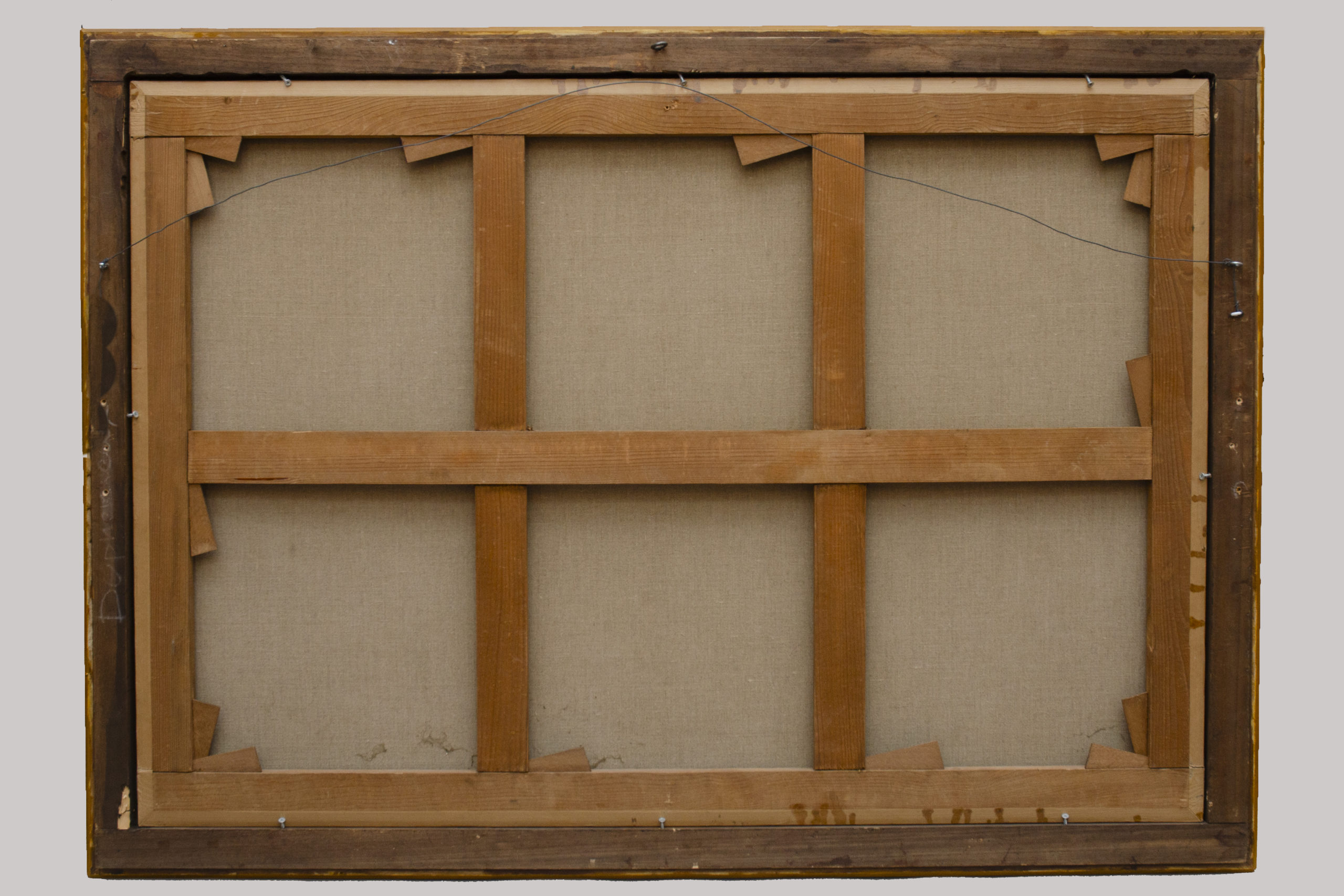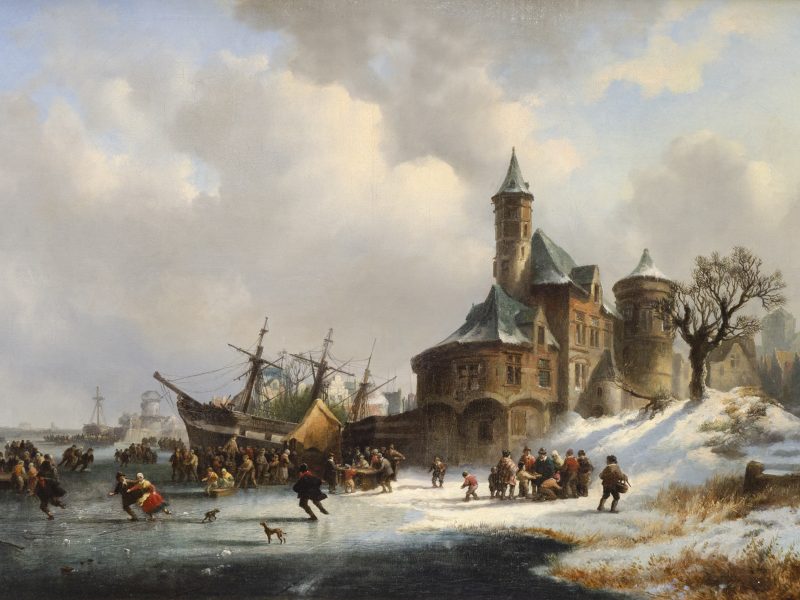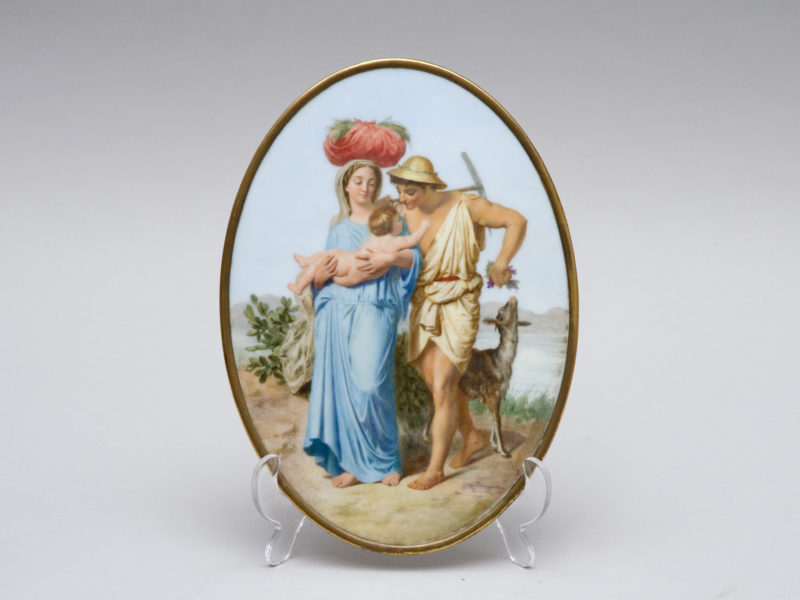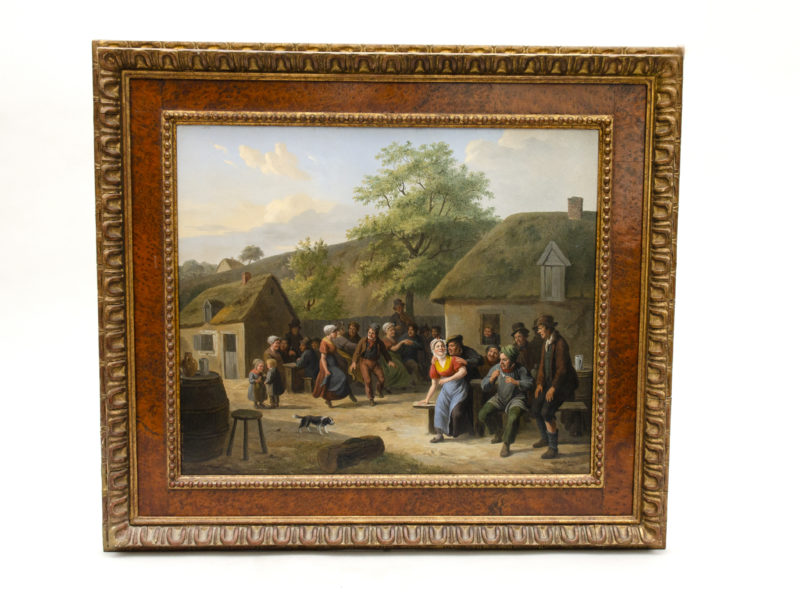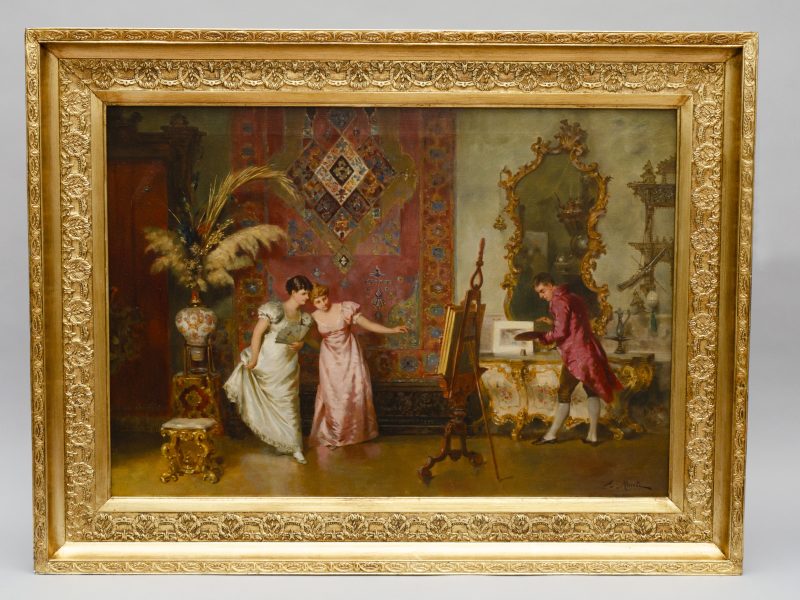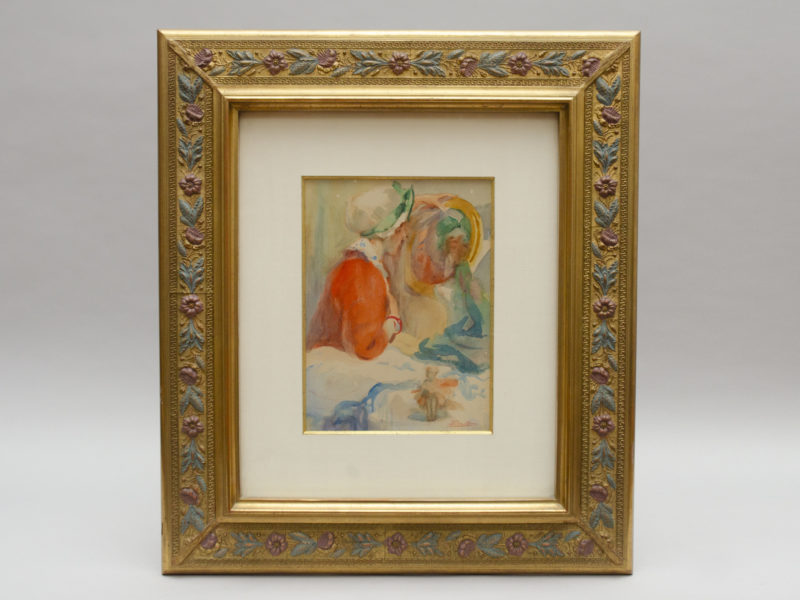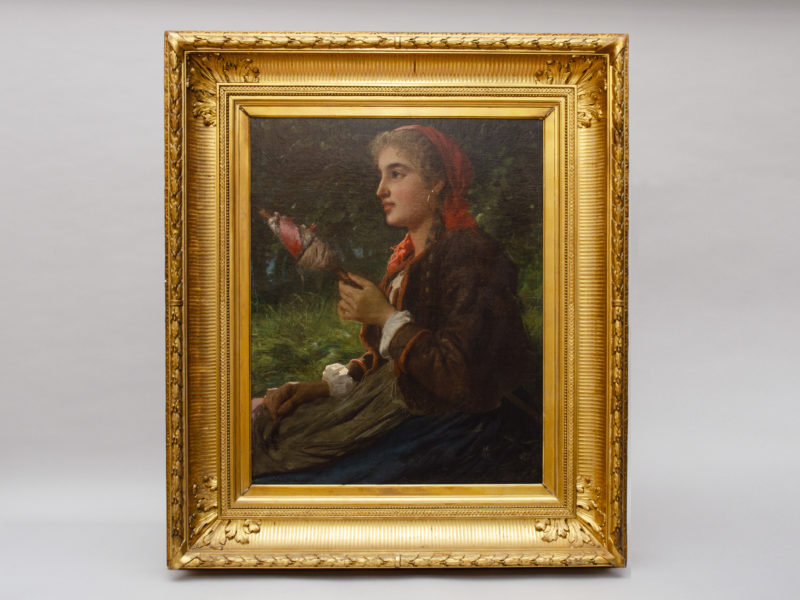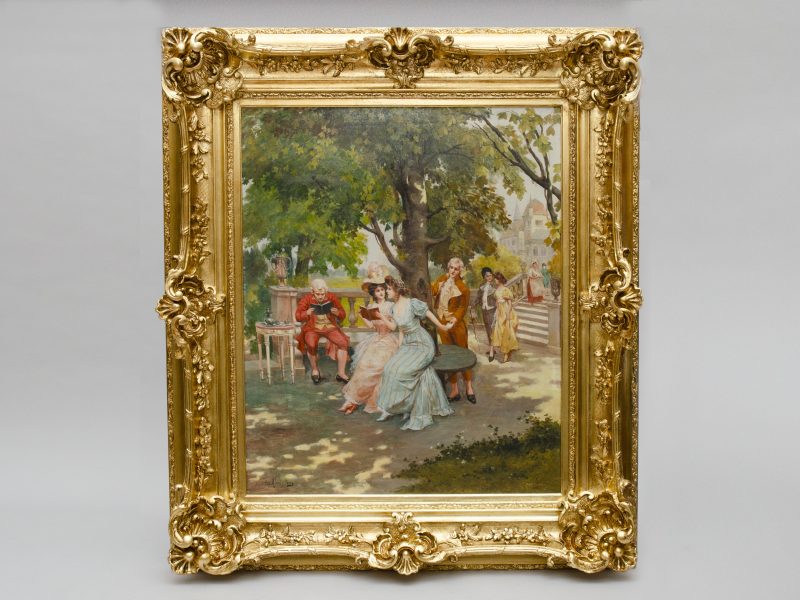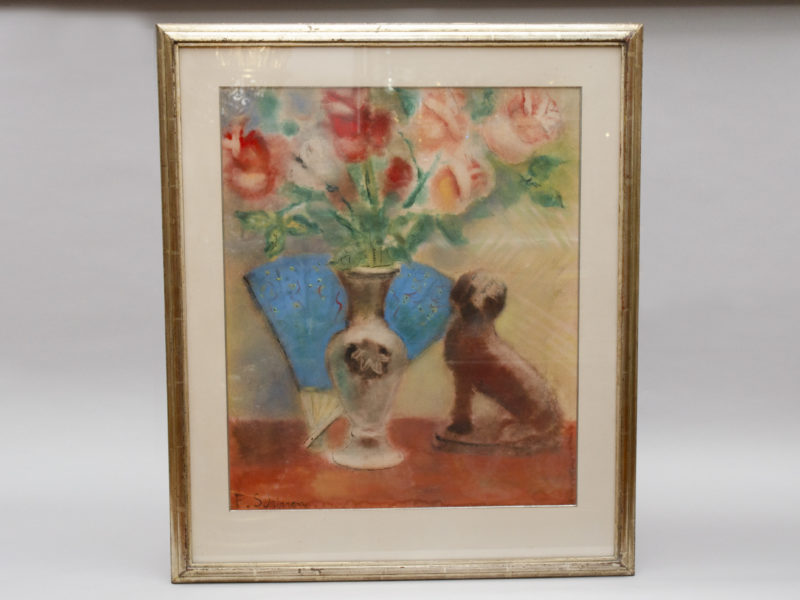Seascape by Pieter van den Velde
Price on request
In stock
Contact usLarge seascape with an animated view across an estuary with sailboats. Lots of vessels on a agitate sea, Dutch merchant flutes and Dutch “kaag” boats bearing the Dutch flag along the Dutch “double prince” flag of the Amsterdam Admiralty (thinner red, white and blue horizontal lines). Oil on canvas with descreet gilt frame. Professionally restored. Canvas relined.
Size: H 83 cm x W 120 cl – H 95 cm x W 133 cm
Dutch school of the second part of the 17th century.
Lit: Pieter van den Velde was born in Antwerp in 1634. Here, he established a modest reputation as a marine painter specializing in portrayals of turbulent seas and sea battles. Comparatively little is known about his life and work, although, he became a Master of the Antwerp Guild of St Luke in 1654. From around 1671, he sold paintings regularly through the Forchoudt art dealers and exported several works to Vienna. Debate continues as to Pieter van den Velde’s relationship to the prominent Dutch van de Velde family of marine artists and, while there is no certainty about his connection to the van de Veldes, he is widely believed to have been a distant relative. He died in Antwerp c. 1714.
Van de Velde’s works in prestigious collections and museums: Rijksmuseum in Amsterdam, – Residenz Gemadegalerie in Ansbach, Statens Konstmuseum in Stockholm, National Museum Kiev, Fine Arts Museum of Lille, Greenwich National Maritime Museum in London, Nostitz Museum in Prague, Hermitage Museum in Saint Petersburg.
Lit: The Netherlands was a world power in the 17th century and so this period is known as the Golden Age. Trade flourished, the military fleet grew, and the arts and sciences were examples to the world. This period is also considered the height of Dutch marine school of painting. It also owes its flourishing to the religious freedom that prevailed there, which displaced the Christian-dominated imagery and made room for everyday scenes. Due to the enormous wealth of the Dutch, less wealthy citizens now also became potential buyers of works of art. Since they prefer the depiction of their everyday life to mythological themes that are difficult to decode, the painters adapt their offer.
In stock
Contact us